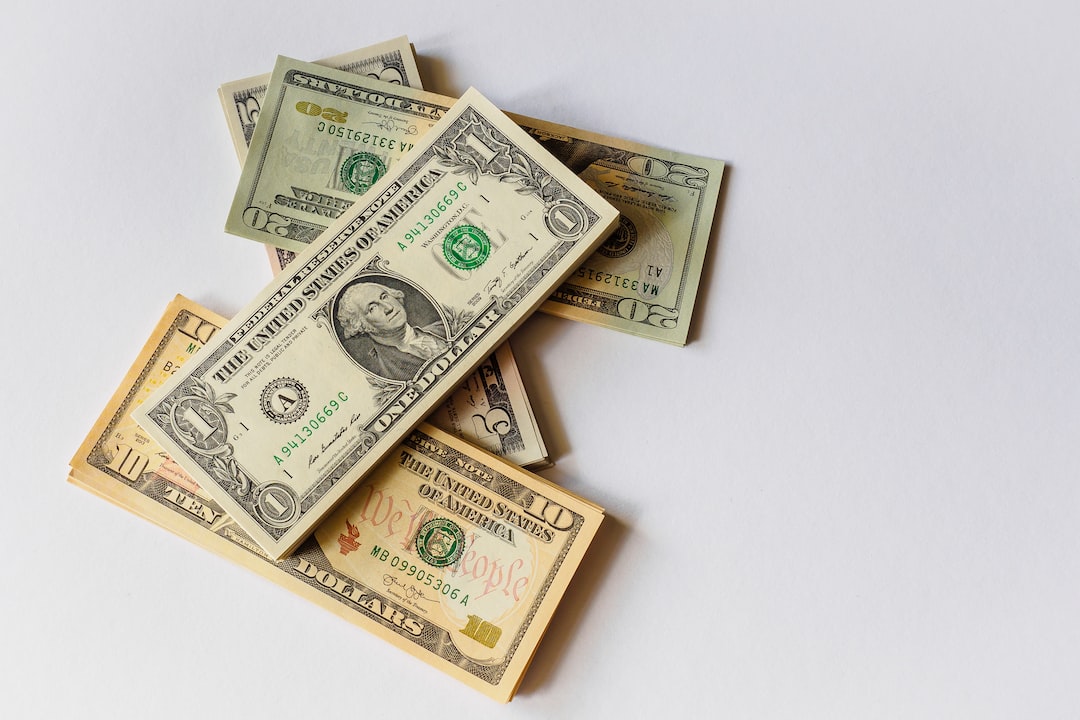Candlestick patterns are an important tool for traders in the forex market. They provide valuable insights into the market behavior and can help traders make informed decisions about their trades. However, not all candlestick patterns are created equal, and it’s important to know how many candlesticks are required to make a reliable pattern.
Candlestick patterns are formed by the open, high, low, and close prices of an asset over a period of time. The most commonly used time frames for candlestick analysis are daily, weekly, and monthly charts. Each candlestick represents a single unit of time, which can range from minutes to hours, days, or weeks, depending on the chosen time frame.
To create a candlestick pattern, traders look for specific formations of multiple candlesticks that indicate a potential reversal or continuation of a trend. These patterns can be bullish, bearish, or neutral, and can provide valuable information about the strength and direction of a trend.
So, how many candlesticks are needed to create a pattern? The answer depends on the type of pattern being analyzed. Some patterns require only two or three candlesticks, while others require five or more.
The most basic candlestick pattern is the doji, which consists of a single candlestick with a small body and long wicks. A doji indicates indecision in the market and can be a signal of potential reversal. However, a single doji on its own is not a reliable pattern and should be confirmed by other indicators.
Two-candlestick patterns include the bullish and bearish engulfing patterns, which occur when a small candlestick is followed by a larger candlestick that completely engulfs the previous one. These patterns indicate a potential reversal of the trend and can be reliable indicators when confirmed by other factors.
Three-candlestick patterns include the morning and evening star patterns, which consist of a large candlestick followed by a small candlestick that gaps above or below the previous one, followed by a larger candlestick in the opposite direction. These patterns indicate a potential reversal and can be reliable indicators when confirmed by other factors.
Five-candlestick patterns include the bullish and bearish harami patterns, which occur when a large candlestick is followed by a small candlestick that is completely engulfed by the previous one, followed by another large candlestick in the opposite direction. These patterns indicate a potential reversal and can be reliable indicators when confirmed by other factors.
Other complex patterns include the head and shoulders, double top, and triple top patterns, which require multiple candlesticks and indicate potential trend reversals.
In summary, the number of candlesticks required to create a reliable pattern in forex trading depends on the type of pattern being analyzed. While some patterns can be formed by two or three candlesticks, others require five or more. It’s important to remember that candlestick patterns should not be relied upon in isolation and should be confirmed by other indicators and analysis techniques. Ultimately, successful trading in the forex market requires a combination of technical analysis, fundamental analysis, and sound risk management practices.






